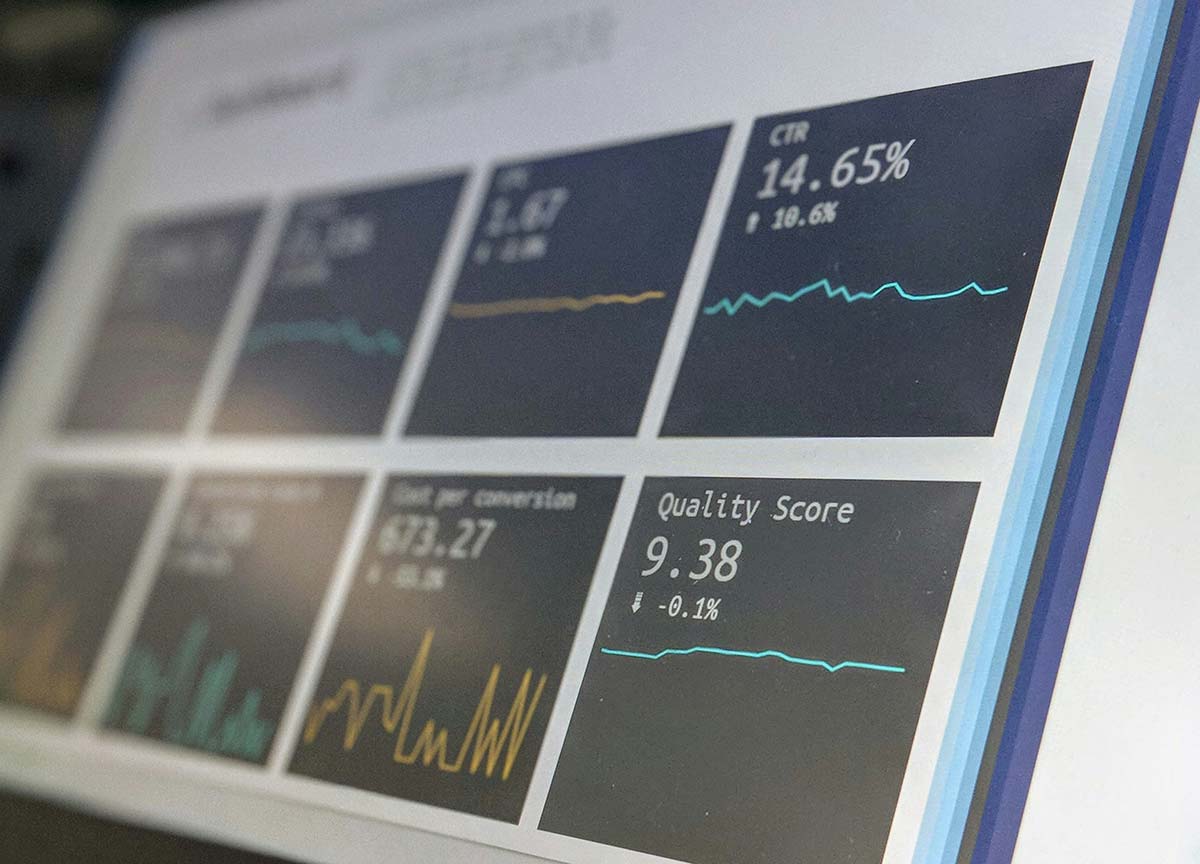
Sustainable finance is about more than data and disclosures—it’s about transformation. Yet despite the growing availability of ESG metrics, green bonds, and climate-related disclosures, the message often fails to land with key stakeholders. Why? Because data alone rarely moves people. That’s where storytelling comes in.
Why Storytelling Matters in a Financial Context
as the bridge between technical jargon and human understanding. Financial institutions, corporates, and asset managers must not only do sustainable finance—they must communicate it effectively. Numbers tell part of the story, but the narrative behind those numbers is what drives engagement and trust.
Storytelling brings values to life. It can highlight the ripple effects of sustainable investments—a solar project that powers a school, a green loan that helps a farmer adapt to climate change, or a circular economy fund that breathes new life into a local industry. These human outcomes make sustainability tangible.
Tips for Building Strong Narratives
Start with Purpose
What is your organisation’s reason for engaging in sustainable finance? How does it align with your broader mission?
Translate Data into Meaning
Don’t just report an emissions reduction of 25%. Explain how that reduction was achieved, what it means for the planet, and why it matters for your stakeholders.
Put People First
Stakeholders connect more easily to stories about people than policies. Spotlight employees, clients, or community members who are impacted.
Maintain Authenticity
Be transparent about challenges as well as successes. This builds credibility and keeps your story grounded.











